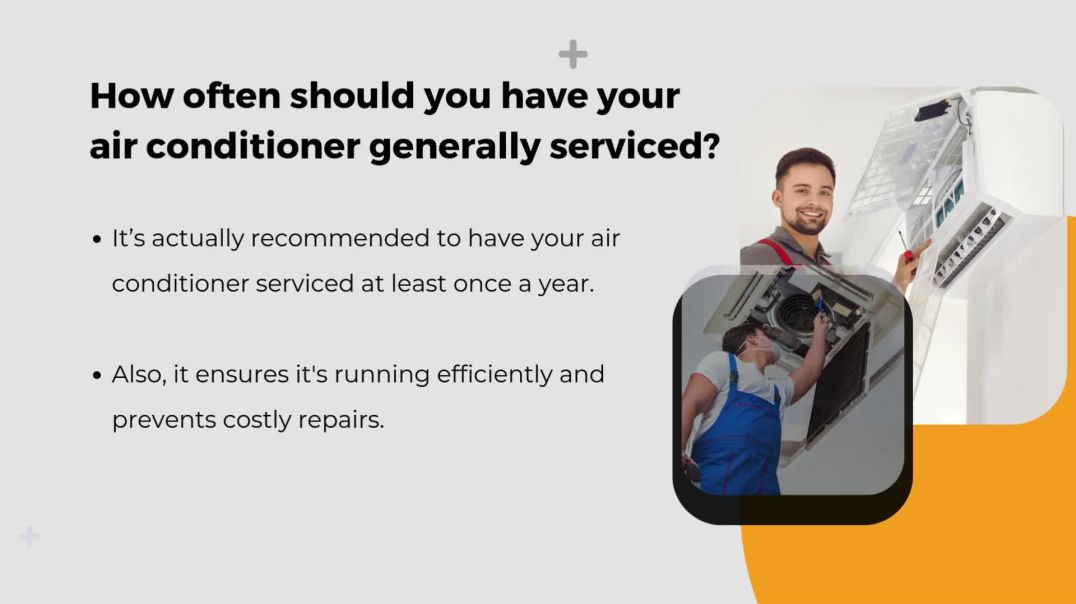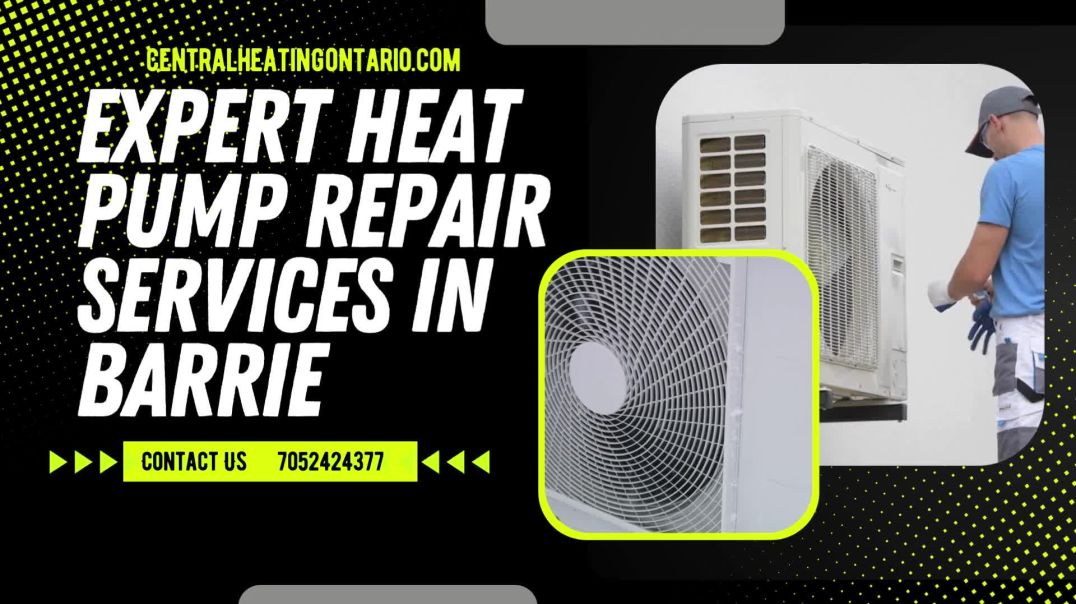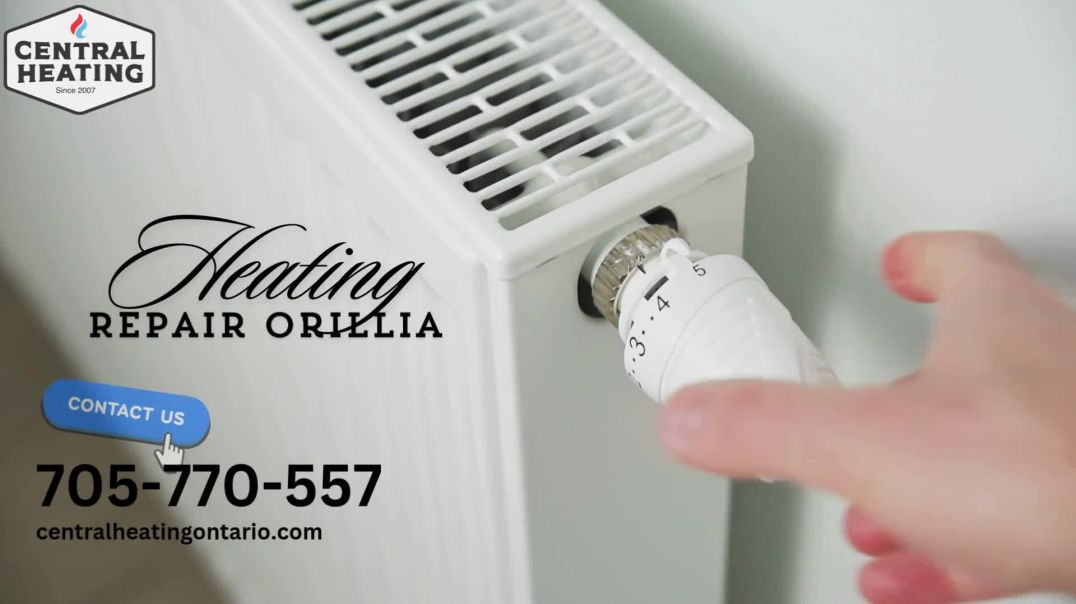929 Views· 06 June 2024
DIY alternator repair
Repairing an alternator can be a challenging but rewarding task if you have some mechanical knowledge and the right tools. Here's a step-by-step guide to help you diagnose and repair a faulty alternator.
#### **1. Diagnosing the Problem**
**Signs of a Failing Alternator**:
- **Dim or Flickering Lights**: Headlights and dashboard lights may dim or flicker, indicating inconsistent electrical output.
- **Battery Warning Light**: The battery warning light on the dashboard might come on.
- **Dead Battery**: A repeatedly dead battery can indicate the alternator isn’t charging it properly.
- **Electrical Issues**: Power windows, seats, and other electronics may operate slowly or intermittently.
- **Strange Noises**: Grinding or whining noises from the engine area can indicate bearing or other internal issues.
**Testing the Alternator**:
- **Voltage Test**: Use a multimeter to check the battery voltage with the engine off (should be around 12.6V) and with the engine running (should be around 13.7-14.7V). Low readings with the engine running indicate a charging issue.
- **Load Test**: Turn on multiple electrical components (lights, radio, etc.) and check if the voltage drops significantly. If it does, the alternator may not be providing enough power.
#### **2. Preparation**
**Tools and Materials Needed**:
- Wrenches and socket set
- Screwdrivers
- Multimeter
- Replacement parts (brushes, bearings, voltage regulator, etc.)
- Safety glasses and gloves
- Service manual for your specific vehicle
**Safety Precautions**:
- Disconnect the battery before starting any repairs to avoid electrical shocks.
- Wear safety glasses and gloves to protect yourself from debris and sharp parts.
#### **3. Removing the Alternator**
1. **Disconnect the Battery**: Disconnect the negative terminal of the battery to prevent any electrical shocks.
2. **Locate the Alternator**: Refer to your vehicle’s service manual to locate the alternator.
3. **Remove the Belt**: Loosen the tensioner pulley to remove the serpentine belt from the alternator.
4. **Disconnect Wiring**: Carefully disconnect the electrical connectors and wiring harness attached to the alternator.
5. **Remove Mounting Bolts**: Remove the bolts holding the alternator in place and carefully take the alternator out of the engine bay.
#### **4. Disassembling the Alternator**
1. **Open the Alternator**: Remove the screws or bolts holding the alternator housing together.
2. **Inspect Components**: Check the condition of the internal components, including the brushes, bearings, rotor, and stator.
3. **Replace Worn Parts**: If the brushes are worn down, replace them. Bearings making noise should also be replaced. The voltage regulator can also be a common failure point.
#### **5. Common Repairs**
**Replacing Brushes**:
1. Remove the old brushes from their holders.
2. Insert the new brushes and ensure they move freely in their holders.
3. Reassemble the alternator housing.
**Replacing Bearings**:
1. Use a bearing puller to remove the old bearings.
2. Press the new bearings into place using a suitable tool or press.
**Replacing the Voltage Regulator**:
1. Locate and remove the screws holding the voltage regulator in place.
2. Replace it with a new regulator and secure it with screws.
#### **6. Reassembling and Reinstalling the Alternator**
1. **Reassemble the Alternator**: Carefully reassemble the alternator, ensuring all components are properly aligned and secured.
2. **Reinstall the Alternator**: Place the alternator back in its mount and secure it with the mounting bolts.
3. **Reconnect Wiring**: Reattach the electrical connectors and wiring harness to the alternator.
4. **Reinstall the Belt**: Loop the serpentine belt back over the alternator pulley and adjust the tensioner to the correct tension.
5. **Reconnect the Battery**: Reconnect the negative terminal of the battery.
#### **7. Testing the Repaired Alternator**
1. **Start the Engine**: Start the vehicle and let it idle.
2. **Check Voltage**: Use a multimeter to measure the voltage at the battery terminals. It should be within the normal range (13.7-14.7V).
3. **Test Under Load**: Turn on multiple electrical components and ensure the voltage remains stable.
### Conclusion
Repairing an alternator can save you money and give you a sense of accomplishment. By following these steps, you can diagnose, disassemble, repair, and reinstall your alternator. If at any point you feel uncomfortable or unsure, don’t hesitate to seek professional assistance to avoid further damage to your vehicle or personal injury.




























0 Comments